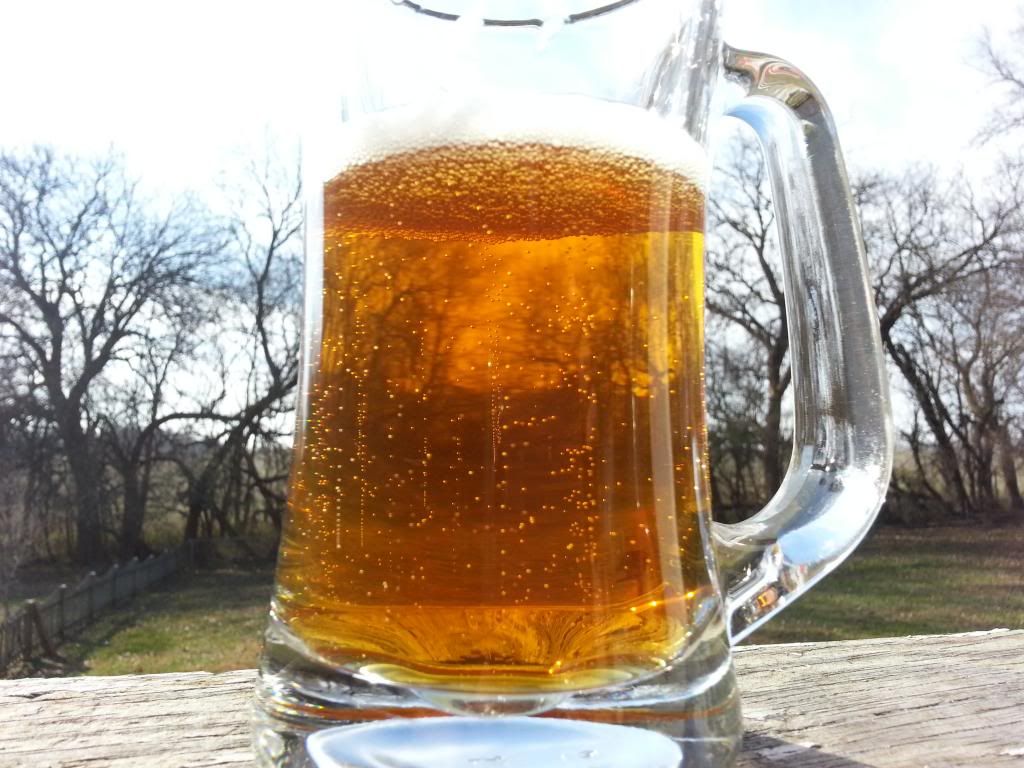Hi,
I have a general question here which stems from one of my Allergies.
I've been brewing for a while now, and found out a year ago that I have an allergy to Yeast, both Brewers and Bakers strains. Now I wont die or anything, but I am prone to getting bad stomach aches in the morning if I drank the night before, but it is not prevalent in everything. I've not linked it to my body with drinking a more clear homebrew vs cloudy homebrew, but I wanted to pose the questions, what is contained in the "cloudy" part of cloudy beer?
I've been thinking of getting a 5 micron filter as I read most yeast cell diameter is between 4-12 microns, and filter my beer to further clear, and remove as much yeast as I can.
Does anyone have an answer to my inquiry?
Thanks
I have a general question here which stems from one of my Allergies.
I've been brewing for a while now, and found out a year ago that I have an allergy to Yeast, both Brewers and Bakers strains. Now I wont die or anything, but I am prone to getting bad stomach aches in the morning if I drank the night before, but it is not prevalent in everything. I've not linked it to my body with drinking a more clear homebrew vs cloudy homebrew, but I wanted to pose the questions, what is contained in the "cloudy" part of cloudy beer?
I've been thinking of getting a 5 micron filter as I read most yeast cell diameter is between 4-12 microns, and filter my beer to further clear, and remove as much yeast as I can.
Does anyone have an answer to my inquiry?
Thanks





